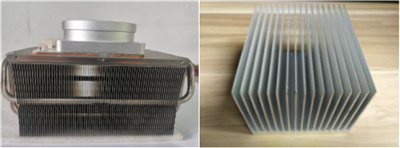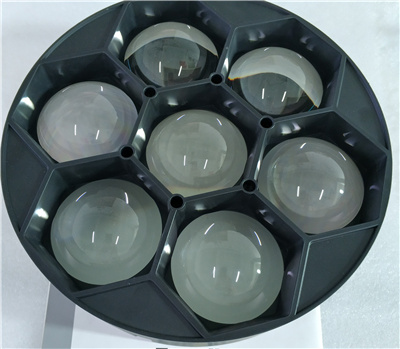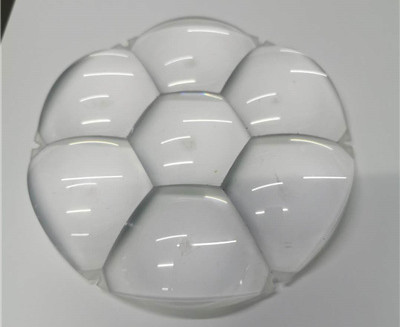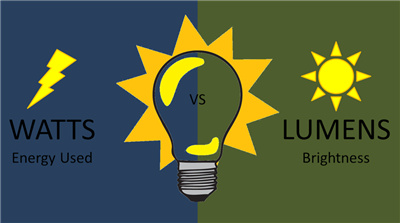With the acceptance of LED moving lighting, some problems also arise--The higher the wattage, the brighter the light? The answer is: No. The brightness of 1000W may be better than 1200W.
Lighting is similar to human organs. If any part of it goes wrong, especially some important organs, our health will be affected. There are more than 1,000 accessories for the moving head light. If any one of the accessories fails, the entire light will be affected, too. Only when the accessories cooperate with each other coordinately, can we achieve the perfect effect of the lighting.
Usually, when we judge brightness, we start with the power of the light source. The light source has high power, the lighting always has higher brightness. For example, the light of 1000W will be brighter than the light of 600W. But we still need to be cautious, because in some cases, the power of the light source is not proportional to the brightness.
What does the brightness of the moving head light have to do with? The following experiences are for your reference:
1. Cooling system
The cooling system affects the brightness.
For example, our R&D department recently upgraded a product. The power of the light source is the same as before, but the brightness is 1/3 higher than before. One of the reasons is that we have adopted a liquid cooling system(left). The old version used is ordinary aluminum fins(right).

Why the more efficient the cooling system, the higher the brightness?
Due to the characteristics of LEDs, when the heat dissipation system is operating efficiently, the temperature of the entire lighting will decrease, so the power of the light output will increase accordingly. On the contrary, it will cause the brightness to dim.
Experienced buyers often focus on understanding this part when choosing suppliers. Efficient heat dissipation system can bring many benefits: to ensure the low temperature, quietness and stability of the whole lighting. At the same time, the light output can be improved.
2. Lens structure
The structure of the lens is one of the factors that determine the light output rate. Even if the power of the light source is the same, the lens structure design is different, and the light output rate is different. Take our two lighting as an example.
Their light source is all OSRAM RGBW7 60W, but A has a higher light output rate than the other moving light(A: 73.4; B: 34.5). You can see from the following structure: Almost all the beam paths emitted by the light source of A passes through the lens.

At the same time, you can see that each lens has a card slot, and the inclination of the edge of the card slot is set according to the path of the light, so the light output efficiency is high and the brightness is higher.

As for B model, you can see that most of the beam path passes through the lens, but there are still beams that cannot be used due to the low contrast of the lens, so the brightness is not as high as the former.

In fact, in addition to the power, heat dissipation system, and lens structure, the entire light structure and wind path will affect the brightness of our lights.
Therefore, you will find that the brightness of the moving head light will be different even if the light source power is the same, and the light source power and brightness of the moving head light are not proportional.




